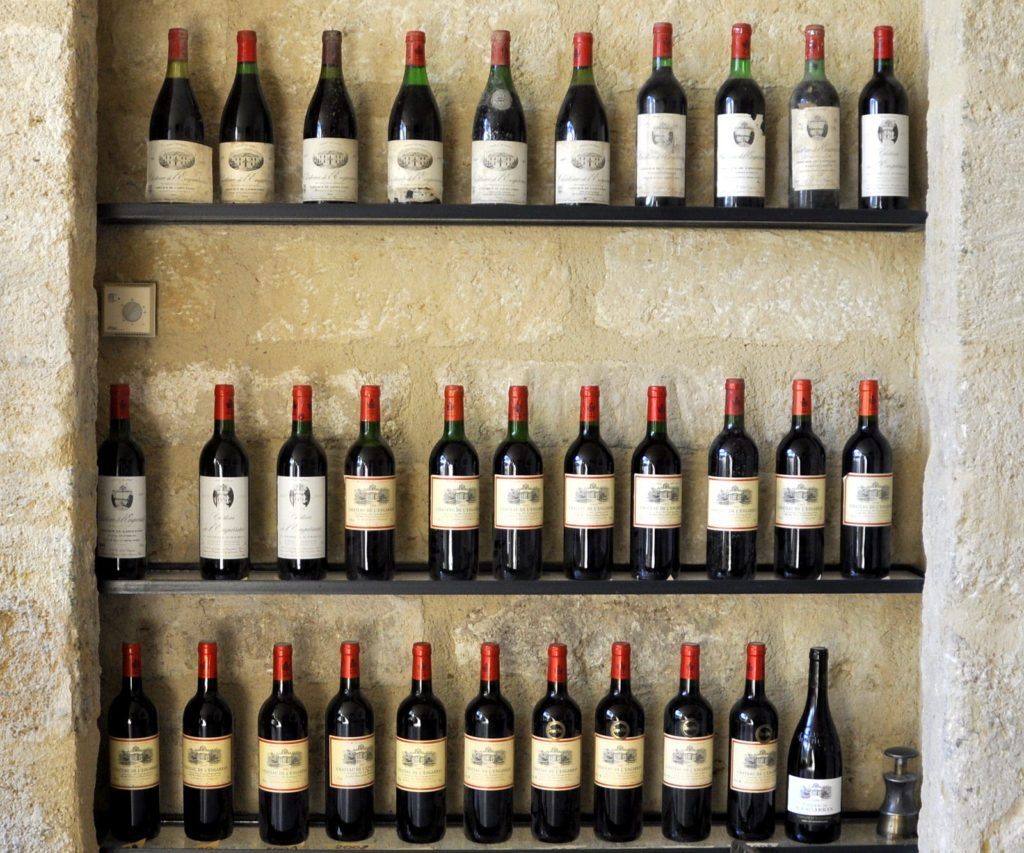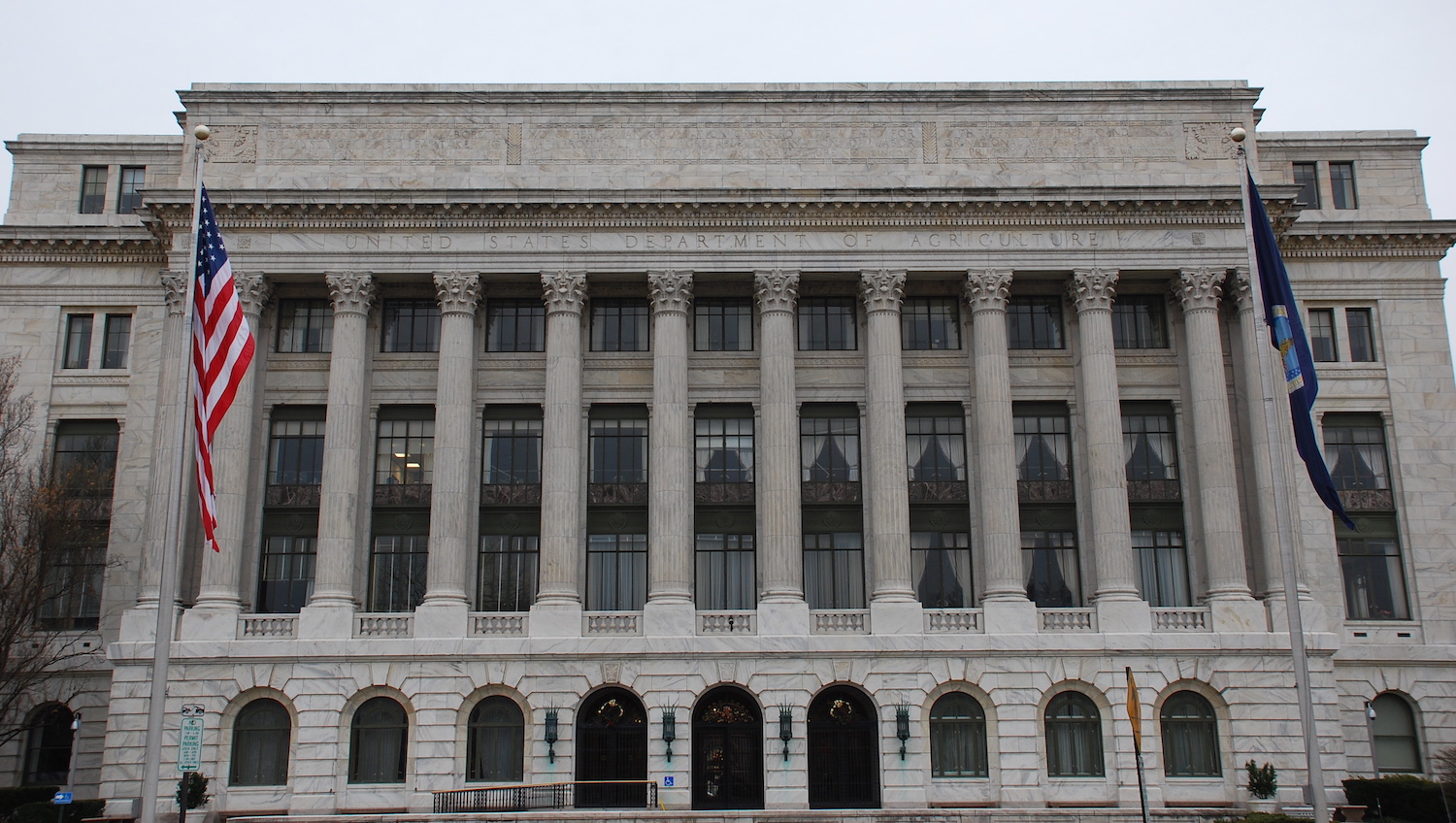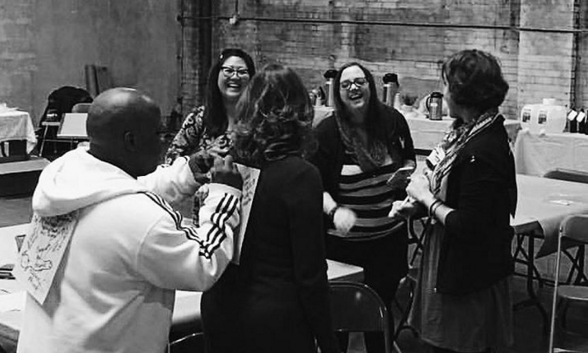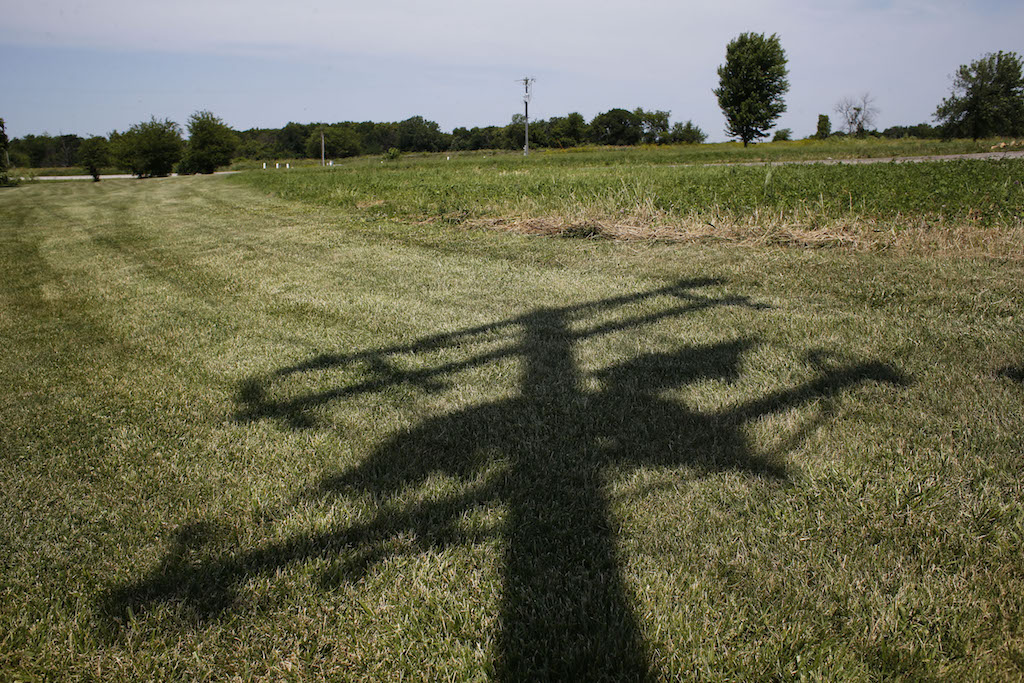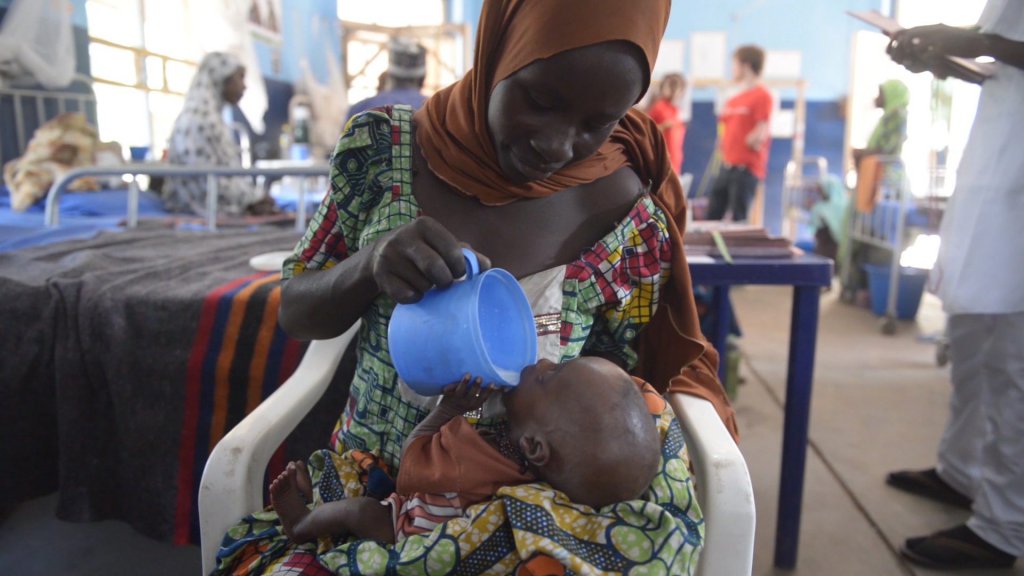
Save the Children
Your attention pleas. In February, the executive directors of the Food and Agriculture Organization of the United Nations Director-General (FAO), the World Food Programme (WFP), and UNICEF officially declared famine in the Greater Unity Region of South Sudan, and said two additional South Sudanese counties were facing a similar threat.
At the time, famine was also looming in Nigeria, Somalia, and Yemen. But by May, conditions in Yemen had accelerated, prompting under-secretary-general for humanitarian affairs and emergency relief coordinator Stephen O’Brien to address United Nations Security Council with an urgent message. “Yemen has the ignominy of being now the world’s largest food security crisis,” he said, “with more than 17 million people who are food insecure, 6.8 million of whom are one step away from famine.”
Three short months later (or three very long months in the time-warp that is our crowded news cycle), the number of already-weakened souls vulnerable to starvation and death has risen to more than 20 million worldwide—due largely to the persistent and merciless forces of drought, displacement, and conflict.
So why isn’t the fate of more than 20 million of our fellow human beings the lead item in every news break?
 Save the Children
Save the Children Malnourished child, Borno, Nigeria, November 2016.
Having said that, let’s all internalize the following realities over the course of several slow, deep breaths: “In Yemen, a child under five dies every 10 minutes because of the lack of food and basic resources. In South Sudan, families have been forced to flee their homes and are surviving on water lilies alone while hiding in swamps. In Somalia, teenagers walk for hours just to get enough water to last their families one day. In Nigeria, there have been reports of people eating sand to ward off starvation. Families are dying not only from hunger, but also from diseases such as cholera and measles because they lack clean water and sanitation.”
Those startling human scenes migrated stateside this week, as part of the Global Emergency Response Coalition, a joint appeal launched by the first-ever alliance of eight U.S.-based international relief organizations—CARE, International Medical Corps, International Rescue Committee, Mercy Corps, Oxfam, Plan International, Save the Children, and World Vision—to draw the American public’s attention to what is now being called by aid organizations an “unprecedented” humanitarian crisis unlike any since World War II.
 Global Emergency Response Coalition
Global Emergency Response Coalition “Despite its scope and urgency, the crisis has thus far received little media attention in America, therefore failing to register with the U.S. public, “said Lauren Hartnett, humanitarian press officer at Oxfam in an email. “… In addition, maintaining public awareness and raising funds for an ongoing crisis like this is also more challenging than, for example, after a disaster like an earthquake or tsunami. The hunger crisis is complicated—the causes range from drought to ongoing violence and chronic underdevelopment—but the devastating consequences are the same: Children and their families are struggling to survive.”
Formed in 2017 and driven in part by the similarly devastating consequences that resulted from the international community’s 2011 failure to act on another multi-country food shortage—during which more than a quarter of a million people died in Somalia alone—the coalition’s stated goal is to harness its collective power to attract donations to its Hunger Relief Fund.
And because time can’t be spared when it comes to sparing lives, the campaign is aimed at raising money quickly, over the coming two weeks. Corporate partners include Visa, Twitter, PepsiCo and Black Rock, the last two of which will each match funds dollar for dollar, up to $1 million.
That’s what the relief effort looks like from the digisphere. In response to my request for details on individual projects already under way on the ground, here are some snapshots Harnett sent by email:
“In Somalia: Mercy Corps is trucking water into drought-affected areas, providing 30,000 liters per day to three displacement camps in Baidoa, as well as distributing food to vulnerable families. In addition, Mercy Corps is working hard to rehabilitate dried-out, neglected and unused infrastructure as well as providing food and livelihood opportunities, such as cash for work, to increase farm production and enhance the ability of communities to handle shocks like drought.
 Peter Caton for Mercy Corps
Peter Caton for Mercy Corps May 2017, Baidoa, Somalia. Refugees attend a Mercy Corps food distribution. Food parcels include rice, flour, oil, beans, sugar, tea and dates.
 Moayed Al Shaibani-Oxfam
Moayed Al Shaibani-Oxfam Water relief efforts in Yemen.
In Nigeria: International Medical Corps provides nutrition and food security programs, as well as family and community health care. They are screening and treating children with malnutrition, delivering hygiene kits and trained health staff and community volunteers to prevent and treat acute malnutrition.”
 Pablo Tosco - Oxfa
Pablo Tosco - Oxfa A group of displaced women arrive at the camp of Muna garage on the outskirts of Maidiguri in Nigeria. Once they reach the entrance of the field they will be held under a tree for two days to be questioned. More than 20 thousand people have sought refuge in this field.
Either way, Harnett says, “we are all working towards the same goal—to save as many lives as possible.”




